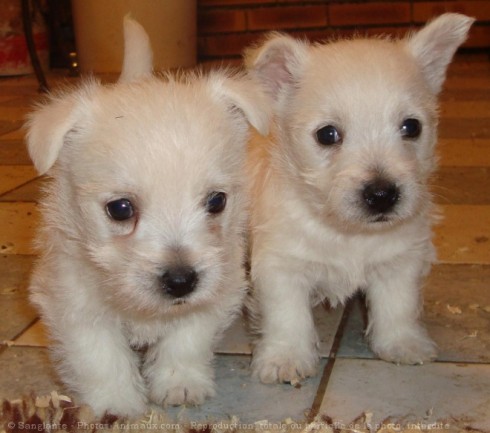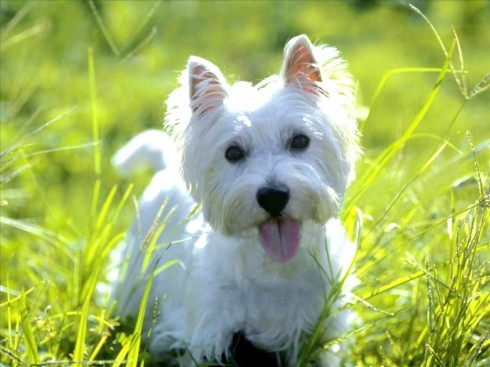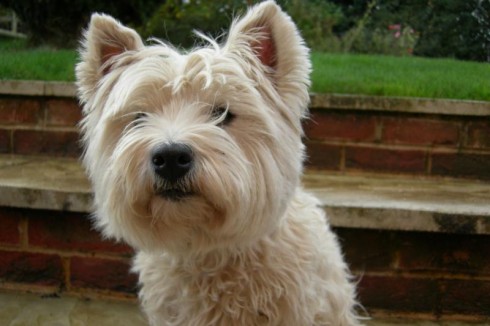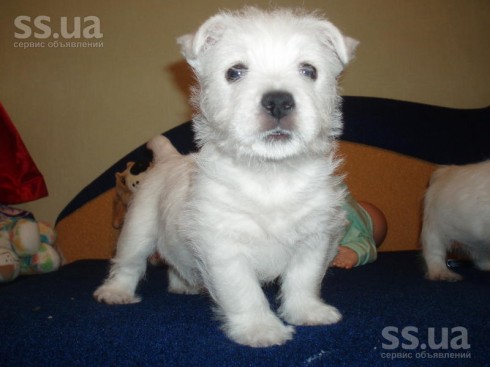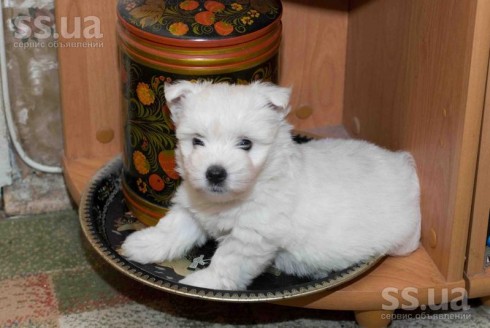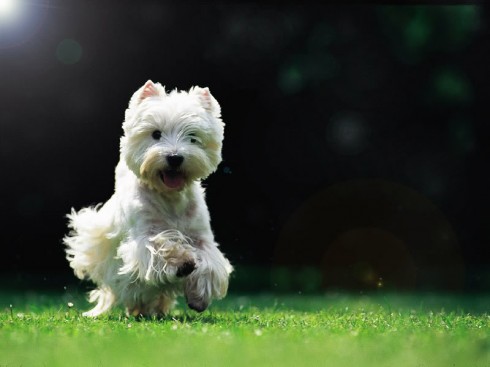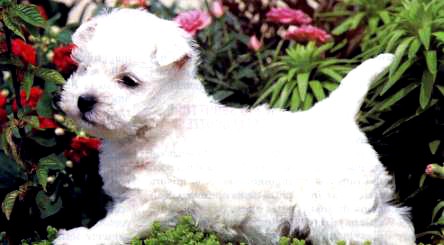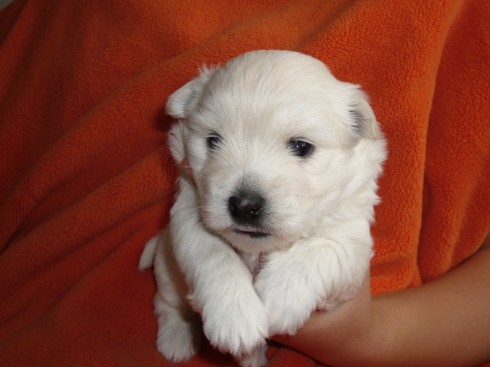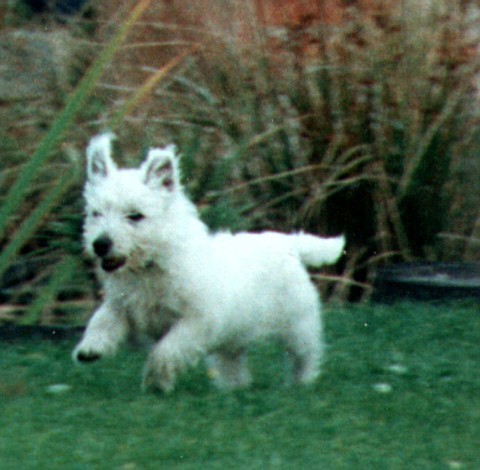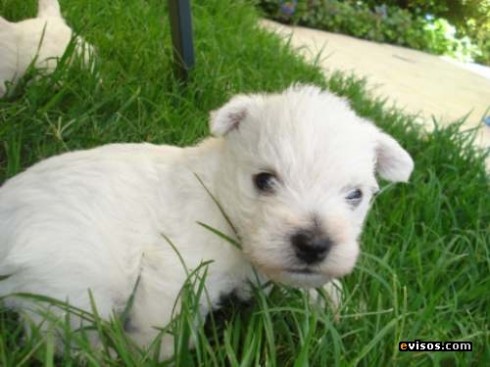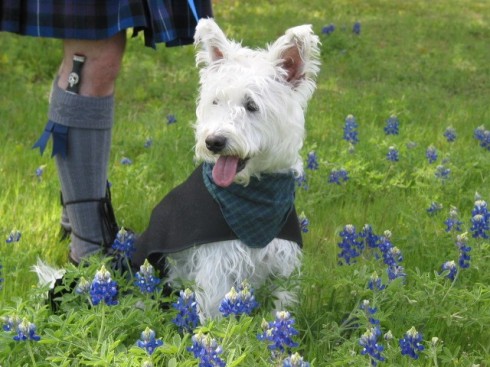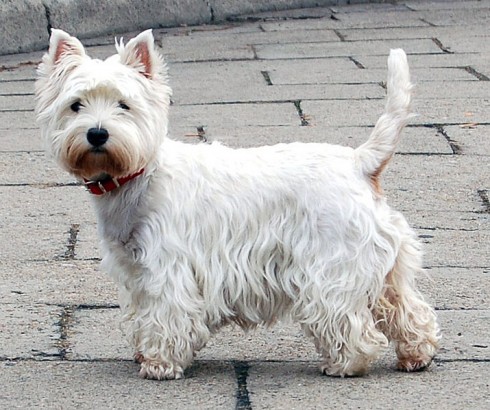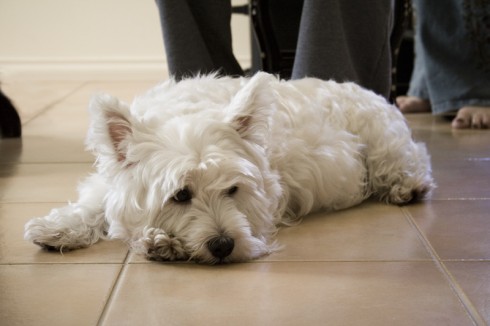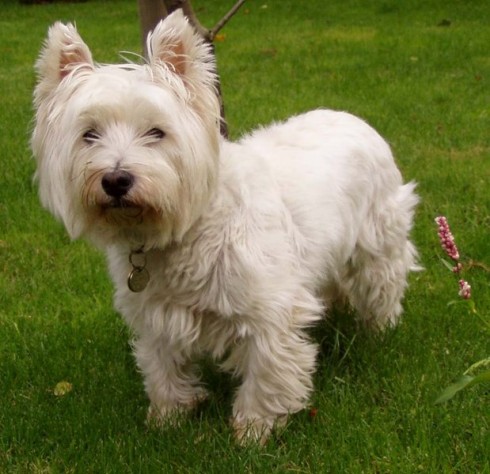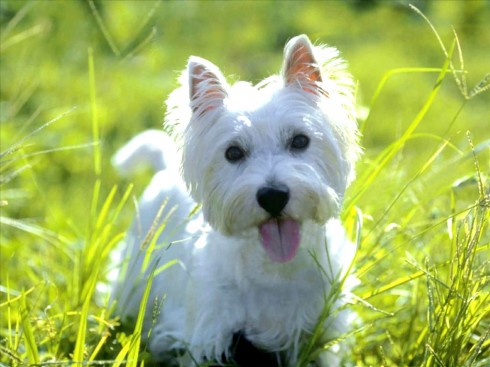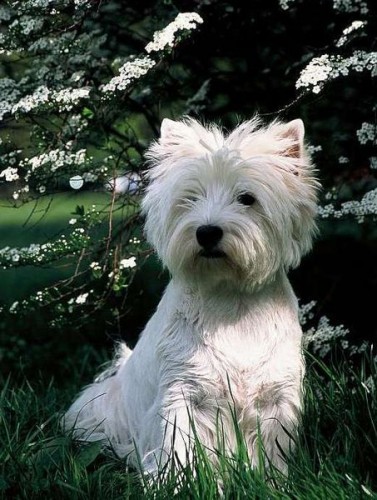Main Index
In Store
Our Web Store
Miniature Schnauzer Picture Gallery
Latest Dog Blogs
- What Are The Basic Commands To Train A Dog?
- PaySafe As The Most Popular Type Of Deposit
- Everything You Need To Know About Pet Sales
- Dogs Contribute To Our Physical And Mental Well Being
- How To Choose Where To Bet On Greyhounds In 2022
- Volunteer With Animals - How To Help Dogs Around The World
- Basic Understanding Of The House Edge
- Why You Should Get A Dog
- Top 20 Popular Dog Names Around The World
- Constipation in Dogs and How to Find Solutions
West Highland White Terrier
West Highland White Terrier Picture Gallery
West Highland White Terrier Breeders
West Highland White Terrier Clubs/Associations
The Full West Highland White Terrier Description
With his bristly white face and dark sparkling eyes, the Westie makes a smart, proud, spunky, and hearty companion. Outdoors he is a speedy and skillful hunter; indoors he is an affectionate and devoted companion. Owners will especially appreciate a typical Westie mischievousness. The Westie loves people. With other animals he is generally friendly, but can get scrappy if not supervised. He will alert his family to visitors.
Did you know?
This is a game terrier and has a very strong will.
The West Highland White Terrier, according to notable authors originated at Poltalloch, Scotland, where they had been bred and maintained for more than 100 years prior to their appearance at dog shows. In 1916 Colonel Malcolm of Poltalloch said that his father and grandfather both kept them. It is probable that the lineage of the Malcolm dogs goes back to the time of King James I, who asked for some "earth-dogges" out of Argyleshire.
Years ago the breed was known as the Roseneath Terrier, also as the Poltalloch Terrier. The name Roseneath was taken from the Duke of Argyll's place in Dumbartonshire, Scotland.
It is probable that the West Highland White Terrier and all the terriers of Scotland came from the same stock; the Scotties, Cairns, Dandie Dinmonts, and West Highland Whites are branches from the same tree and its roots.
So you want to own a West Highland White Terrier?
The West Highland is all terrier - a large amount of Scots spunk, determination, and devotion crammed into a small body.
Outdoors they are truly sporty, good hunters, speedy and cunning, with great intelligence. In the house they are all that can be desired of a pet; faithful, understanding, and devoted, yet gay and light-hearted.
The Westie requires professional grooming every few months.
Indicative Breed Standard
General Appearance
Strongly built; deep in chest and back ribs; level back and powerful quarters on muscular legs and exhibiting in a marked degree a great combination of strength and activity.
Characteristics
Small, active, game, hardy, possessed of no small amount of self-esteem with a varminty appearance.
Temperament
Alert, gay, courageous, self-reliant but friendly.
Head and Skull
Skull slightly domed; when handled across forehead presents a smooth contour. Tapering very slightly from skull at level of ears to eyes. Distance from occiput to eyes slightly greater than length of foreface. Head thickly coated with hair, and carried at right angle or less, to axis of neck. Head not to be carried in extended position. Foreface gradually tapering from eye to muzzle. Distinct stop formed by heavy, bony ridges immediately above and slightly overhanging eye, and slight indentation between eyes. Foreface not dished nor falling away quickly below eyes, where it is well made up. Jaws strong and level. Nose black and fairly large, forming smooth contour with rest of muzzle. Nose not projecting forward.
Eyes
Set wide apart, medium in size, not full, as dark as possible. Slightly sunk in head, sharp and intelligent, which, looking from under heavy eyebrows, impart a piercing look. Light coloured eyes highly undesirable.
Ears
Small, erect and carried firmly, terminating in sharp point, set neither too wide nor too close. Hair short and smooth (velvety), should not be cut. Free from any fringe at top. Round-pointed, broad, large or thick ears or too heavily coated with hair most undesirable.
Mouth
As broad between canine teeth as is consistent with varminty expression required. Teeth large for large size of dog, with regular scissor bite, i.e. upper teeth closely overlapping lower teeth and set square to the jaws.
Neck
Sufficiently long to allow proper set on of head required, muscular and gradually thickening towards base allowing neck to merge into nicely sloping shoulders.
Forequarters
Shoulders sloping backwards. Shoulder blades broad and lying close to chest wall. Shoulder joint placed forward, elbows well in, allowing foreleg to move freely, parallel to axis of body. Forelegs short and muscular, straight and thickly covered with short, hard hair.
Body
Compact. Back level, loins broad and strong. Chest deep and ribs well arched in upper half presenting a flattish side appearance. Back ribs of considerable depth and distance from last rib of quarters as short as compatible with free movement of body.
Hindquarters
Strong, muscular and wide across top. Legs short, muscular and sinewy. Thighs very muscular and not too wide apart. Hocks bent and well set in under body so as to be fairly close to each other when standing or moving. Straight or weak hocks most undesirable.
Feet
Forefeet larger than hind, round, proportionate in size, strong, thickly padded and covered with short harsh hair. Hindfeet are smaller and thickly padded. Under surface of pads and all nails preferably black.
Tail
13-15 cms (5-6 ins) long, covered with harsh hair, no feathering, as straight as possible, carried jauntily, not gay or carried over back. A long tail undesirable, and on no account should tails be docked.
Gait/Movement
Free, straight and easy all round. In front, legs freely extended forward from shoulder. Hind movement free, strong and close. Stifle and hocks well flexed and hocks drawn under body giving drive. Stiff, stilted movement behind and cowhocks highly undesirable.
About Our Article Directory
- Article
- 27 November 2010
- 2 comments
Canis lupus familiaris
- Breed Article
- 29 May 2010
- No comments
White Dog Shaker Syndrome
- Article
- 31 January 2010
- No comments
Immune Mediated Hemolytic Aneamia (IMHA)
- Article
- 31 January 2010
- No comments
Quick Search
Donate
Latest Dog Pods
- Tips on How to Stop Your Dog from Biting
- Beware - Not All Advertised Dog Rescues Really Are! How Can You Know The Truth?
- Helpful Tips For Dog Obedience Problems
- How to Keep Dogs From Eating Poop
- Dog Grooming Tips - A General Overview of the Very Basics of Dog Grooming
- Recognising Different Types of Dog Obedience Problems
- 5 Important Tips On Feeding A Puppy


